Going … going … gone!
We’ve all seen something become massively popular or pervasive, only to mostly or completely vanish years later. Did you ever scroll through MySpace? Rent videos or games at Blockbuster Video? Listen to music on your Walkman?
You probably did, but you almost certainly don’t anymore. That’s because while some products, services, even ideas can stand the test of time, many more of those things—both good and bad—come to an end sooner or later.
Today, I’m going to talk about a few things that are likely to meet their end sooner rather than later.
Here is a wide-ranging list of mainstays for most Americans—from everyday products to annoying fees to governmental services—that are nearing obsolescence. While they were (or still are) a part of everyday life, before too long, they’ll become little more than tales you’ll tell your children and grandchildren.
Table of Contents
Why Is Time Running Out for These Things?

This list contains everything from tangible goods to general human conditions that were once widespread … but probably won’t be any longer. You might cling on to some of them, kicking and screaming, until they’re extinguished. You might be thrilled to see some of them go. But one way or another, they seem destined for the history books.
But why are they disappearing? The reasons vary from one thing to the next, but there are a few common threads. Some changes are the result of new government policies. Some are bred from changes in technology. And some are happening because people broadly didn’t like them, and have raised their voice enough to see them ushered out.
Read on, and say your goodbyes.
1. Coin-Operated Parking Meters
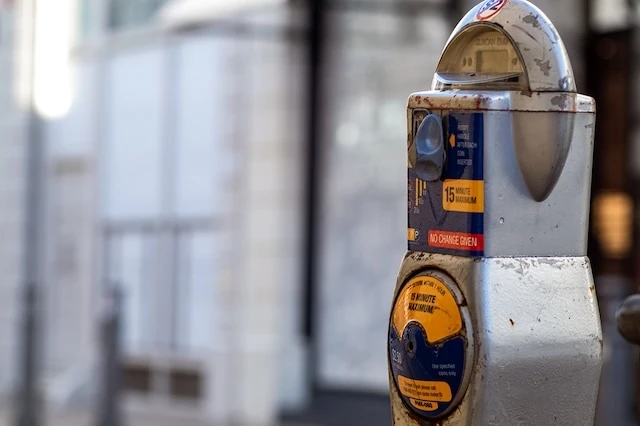
Future generations will likely never have the experience of a driver asking their passengers whether anyone has any change for the parking meter. No watching everyone hurriedly digging into their pockets and purses. No one triumphantly proclaiming they found quarters.
I wish I could tell you coin-operated parking meters were going away because cities are no longer charging for parking. Unfortunately, I can’t—instead, these machines are merely being upgraded to reflect today’s more popular payment apps. While some of them are credit card-operated, most of them require mobile apps for use. (To be fair, some of them are hybrid, accepting both coins and card or app.)
Upgraded parking meters might be more convenient, but they can be more lucrative for cities—and thus more costly for drivers. Smart parking can increase a city’s revenue by using dynamic pricing to charge more when demand is high. According to Straits Research, the global smart parking market size is expected to grow from $5.23 billion in 2021 to $16.54 billion in 2030.
2. Evening Mail Collection in Rural Areas
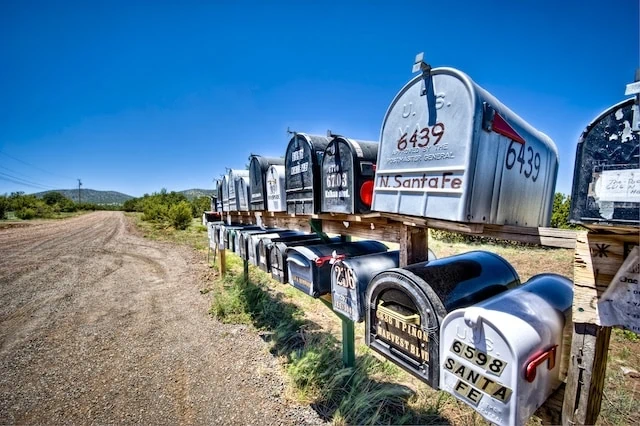
The United States Postal Service is trying to save money. Postmaster General DeJoy sent a letter to the president and Congress on Jan. 10, 2024, detailing plans the USPS was implementing to reduce costs.
In addition to reducing retirement health care expenditures, cutting down on annual work hours, and many other measures, the USPS is “optimizing routes and decreasing thousands of underutilized local trips a day.” This measure, LeJoy says, should save $1 billion per year and is already being implemented in some areas.
How does this affect you? Previously, at virtually every post office, the USPS would collect all mail at the end of the day and transport it to a processing center. (And in some more urban areas, they’d go through this process twice per day).
Under the USPS’s new rules, however, that evening mail collection won’t happen at some post offices in rural areas. Instead, envelopes and packages dropped off at the post office, as well as any mail collected on daily routes, will not be collected until the next morning, when the vehicle from the processing center drops off mail. Where it’s already happening, people are largely only learning about the change if they specifically ask their post office about it.
In addition to making “snail mail” truer to its nickname, the change could have a significant effect on elections results in 19 states. The 19 states in question accept and count ballots received after Election Day, but only if they’re postmarked on or before (or in some cases, only before) Election Day. However, under the new rules, mail in affected rural counties won’t be scanned until the day after it’s collected, which could result in ballots being disqualified even though the voters turned their ballots in by what they reasonably believed was the deadline.
Our practical advice: If you’re voting by mail, especially if you’re in a rural area, get your ballot sent early from now on.
Related: 9 Monthly Dividend Stocks for Frequent, Regular Income
3. Live Orca Entertainment
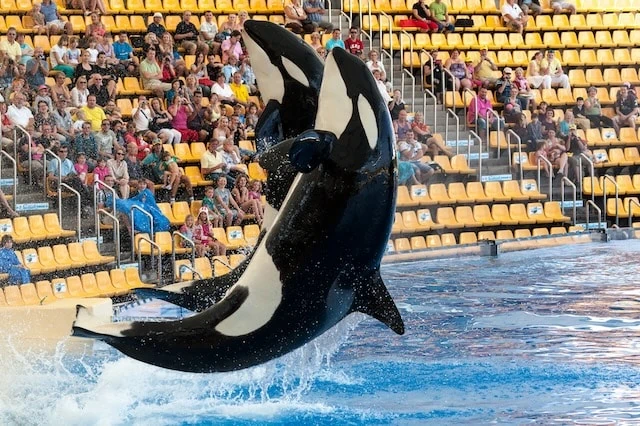
Orcas, commonly known as killer whales, are incredible, highly intelligent creatures that also happen to be among the most trainable animals on the planet.
No, I’m no zoologist—I’ve just seen one of their shows at SeaWorld.
And that experience, once commonplace, is going to become rarer and eventually vanish.
Orcas are also dangerous animals that pose a risk to trainers. It’s not great for Orcas, either—animal rights advocates believe keeping such large animals in relatively small quarters is inhumane.
Currently, the handful of captive orcas that remain in the U.S. live at one of SeaWorld’s three parks. SeaWorld hasn’t collected a killer whale from the wild in decades; for a while, facilities relied on breeding already-captive orcas, but SeaWorld ended its breeding program in 2016 amid public backlash.
Because SeaWorld is no longer collecting nor breeding killer whales, the current generation of SeaWorld orcas will also be the last.
Related: Today’s 10 Fastest Dying Careers
4. Privacy

Whether willingly or reluctantly, we all have far less privacy than we used to.
Virtually every app and website asks for your location. We’re required to agree to novel-length terms and conditions that almost no one (between 1% and 9%, depending on the study) actually reads. Under the guise of convenience, devices want to listen to our conversations. Some particularly data-rich companies seem to know people better than they know themselves.
We’re plenty aware of how much data tech companies have on us, and the potential ramifications. In a poll surveying Americans’ thoughts on artificial intelligence, Pew Research found “about eight-in-ten of those familiar with AI say its use by companies will lead to people’s personal information being used in ways they won’t be comfortable with (81%) or that weren’t originally intended (80%).”
Even when corporations intend to keep your information for their own purposes, they can’t guarantee your information’s safety. According to Statista—which, per the internet usual, asked me to accept cookies before viewing the page—the U.S. suffered 3,205 reported data compromises in 2023, affecting more than 353 million individuals. (Naturally, that number implies many people were affected by more than one data compromise.)
It’s not just corporations depriving us of privacy, either. Wannabe social media influencers and basically anyone with a camera can legally film you in public without your explicit consent.
So, privacy is very much in the midst of a steep decline.
Related: 10 High-Paying Jobs That Are Dying (Or Evolving)
5. Coal-Fired Power Plants
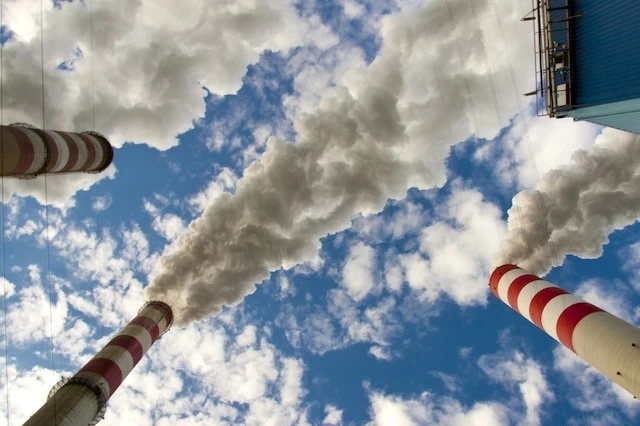
Many countries are phasing out coal-fired power plants, and the U.S. is no exception. According to the Institute for Energy Economics and Financial Analysis (IEEFA), the U.S. is expected to close roughly half of its coal generation capacity by 2026. Specifically, “By the end of 2026, based on current announcements from utilities, coal capacity will fall to 159 gigawatts (GW), down from 318GW in 2011. It is set to fall to just 116GW by 2030,” IEFFA says.
That rate of decline could accelerate. The IEFFA notes that fewer than 200 coal-fired units of 50 megawatts (MW) or more haven’t yet announced retirement dates; of those, 118 are at least 40 years old.
The driver behind this? For one, environmental concerns—coal is one of the “dirtiest” forms of energy, and across most of the world, governments have been moving toward many other forms of energy production to reduce the environmental impact. But also, other energy sources have become much more cost-effective. Per Utility Dive: “We found 99% of coal plants are more expensive to run than the all-in cost of new wind or solar resources in the same region. And 97% of plants are more expensive than wind or solar within a 30-mile radius.”
It’s only a matter of time before this industry becomes, ahem, a fossil.
Related: 15 Alarming Gen X Retirement Statistics
6. Manual Transmissions
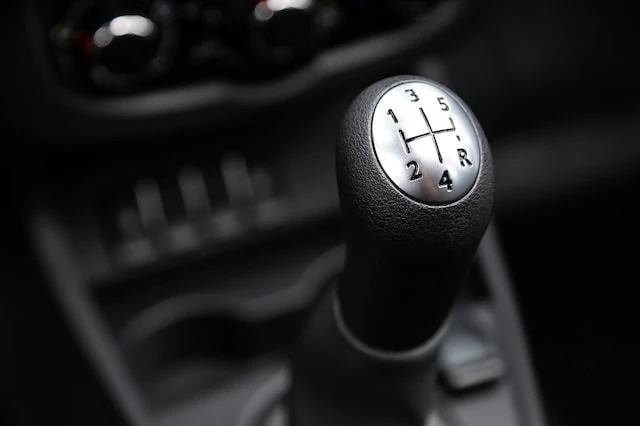
If you belong to a social media group of people who own cars of a certain brand, you’ll see a great divide: Those who can “drive stick,” and those who can’t. And it’s not entirely, but largely, generational.
If you’re in the latter group, a quick primer: Cars with an internal combustion engine (ICE) have several gears that transfer power from the engine to the wheels. As you speed up, slow down, or change direction (reverse), you need to switch gears to provide the appropriate amount of power.
For the first half of the 20th century, this was almost exclusively done with manual transmissions—cars with a third pedal (the “clutch”) that the driver pushes while switching gears with the gear shift. However, automatic transmissions (which require no manual shifting and have no clutch pedal) became much more popular during the second half of the century.
The U.S. led the way in the automatic revolution—by 1957, more than 80% of new cars in the U.S. had automatic transmissions. That number has continued to grow for decades as more people favor the relative simplicity, but also more recently amid the proliferation of electric vehicles, which either have simple automatic transmissions or none at all. According to Jalopnik, a little less than 2% of cars and light trucks sold today have a manual transmission.
So if you’re a Millennial or younger, and you haven’t used a clutch pedal, you’re not alone! I’ve never used a clutch pedal, either. Most people our age haven’t.
If you have, though, you’re probably in mourning over this trend. While automatics are easier to drive, most people I’ve talked to who have driven both say manuals are much more fun. Enthusiasts of Mini vehicles were notably vocal about the now-BMW-owned brand announcing it would be ditching manual transmissions starting in 2025.
Related: 10 Most Expensive Cities to Buy a House In
7. Puppy Mills
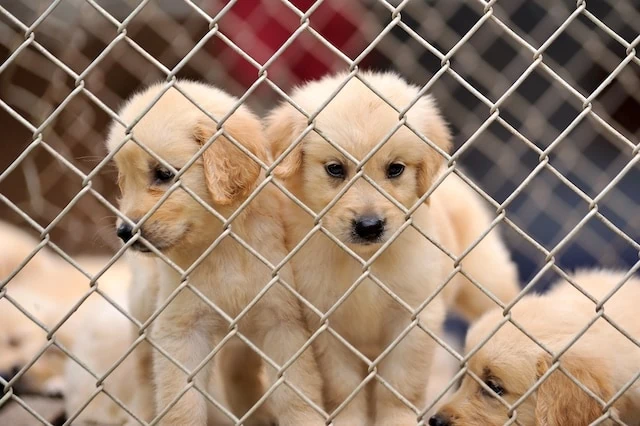
Puppy mills: They have a cute-sounding name, but they’re anything but. Puppy mills breed a high number of canines—typically with little to no care for the animal’s well-being—for the purposes of selling to commercial retailers (pet stores, for instance) or person-to-person. Puppies are often inadequately fed and housed in terrible conditions, and their overall health is typically ignored.
It’s worth mentioning: Not all places that breed dogs are considered puppy mills. Mills are characterized by mass breeding and poor treatment of the animals.
While puppy mills sound like they’d be illegal, most aren’t. There is a federal law—the Animal Welfare Act—that created standards for animal care. However, it only covers dogs sold by retail commercial operations. Per The Humane Society of the United States, “In most states, a breeding kennel can legally keep dozens, even hundreds, of dogs in cages for their entire lives, as long as the dogs are given the basics of food, water and shelter.”
On the plus side, many states and even cities have created their own regulations regarding puppy mills. A for-instance: Starting in December 2024, New York state law will ban pet stores, which often buy from puppy mills, from selling dogs, cats, and rabbits. And according to the Humane Society, more than 450 American localities prohibit pet stores from selling puppy mill dogs.
If states continue their current trajectory, puppy mills might become a business of the past.
Like Young and the Invested’s content? Be sure to follow us.
8. Single-Use Plastic Shopping Bags
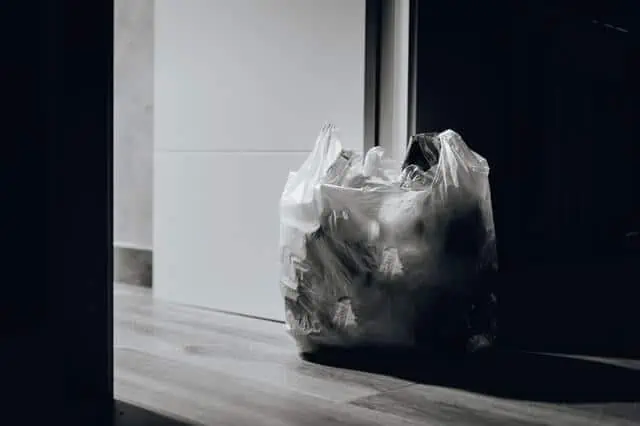
You might want to start stocking up on totes, because bans against single-use plastic shopping bags are becoming increasingly popular.
The latest: Colorado started its own plastic-bag ban at the start of 2024. Establishments can only use plastic bags if they have three or fewer locations, all of which must be in Colorado, and they can’t give them away—they have to sell them. Colorado became the 12th state with an actual or de facto bag ban, and they also exist in the U.S. territories of American Samoa, Guam, Northern Mariana Islands, Puerto Rico, and the U.S. Virgin Islands.
The bans are a bit wider than that would suggest, though. Some cities in places without statewide bag bans have enacted their own laws prohibiting single-use bags. And even retailers are starting to get in on the transition—Aldi announced in early 2024 that it had eliminated plastic bags as an option at its roughly 2,300 stores in the U.S.
Related: How to Get Free Stocks for Signing Up: 9 Apps w/Free Shares
9. DSLR Cameras

Digital single-lens reflex (DSLR) camera shipments have been declining every year since 2012. Data provided to Statista shows that in 2012, there were 16.2 million unit shipments worldwide—and by 2023, that number dropped to just 1.2 million. Major camera names like Nikon and Canon are among those that have announced they’d stop manufacturing DSLR cameras in recent years.
There’s no real secret behind why DSLR is falling out of practice. Smartphone cameras have long been convenient, but every year, their quality has improved—narrowing a once-considerable gap in quality. So now, rather than carry around a separate camera, most people know they can take pretty-good-quality photos from the smartphone they were already going to carry around.
Of course, this isn’t to say DSLRs are going away permanently. For the serious “photog,” there’s no way a smartphone would ever completely replace one of these high-powered cameras. So, these cameras are likely on the lower production track volume going forward and not necessarily bidding adieu forever.
Related: 12 Best Apps That Give You Money for Signing Up [Free Money]
10. High Overdraft Fees

High overdraft fees—one of the world’s most universally loathed junk fees—might be on their way out.
A bank charges an overdraft fee when it clears a transaction that’s overdrawn the account and temporarily covers your shortfall. From the bank’s perspective, overdraft fees are both a deterrent and an insurance policy against people who spend more than they have. But from the consumer’s perspective, they’re extremely punitive fees that overwhelmingly hurt the most financially vulnerable Americans.
To be clear: We’ll probably never be rid of overdraft fees entirely. But a new White House proposal by the Biden administration at least aims to combat high overdraft fees. The proposal, released this year, would either only allow banks to charge the cost of providing the service (which would require each bank to determine that number, an unenviable task), or settle on one of several benchmark fees that span from $3 to $14, about which regulators are currently seeking input.
Nothing’s certain, but it’s safe to say most people would probably be glad if onerous overdraft fees were a thing of the past.
Related: 20 Big-Ticket Items Worth Splurging On
Related: Enough With Deceptive Drip Pricing: How You’re Being Tricked + How to Stop It

Drip pricing is a misleading way of showing a lower price to consumers upfront only later to find out the final price is far higher. Surcharges, convenience fees, taxes, required upgrades, and more. We cover examples of drip pricing tactics and ways to combat them.
Related: Stop Shrinkflation! 10 Products Affected + Tips to Save Money
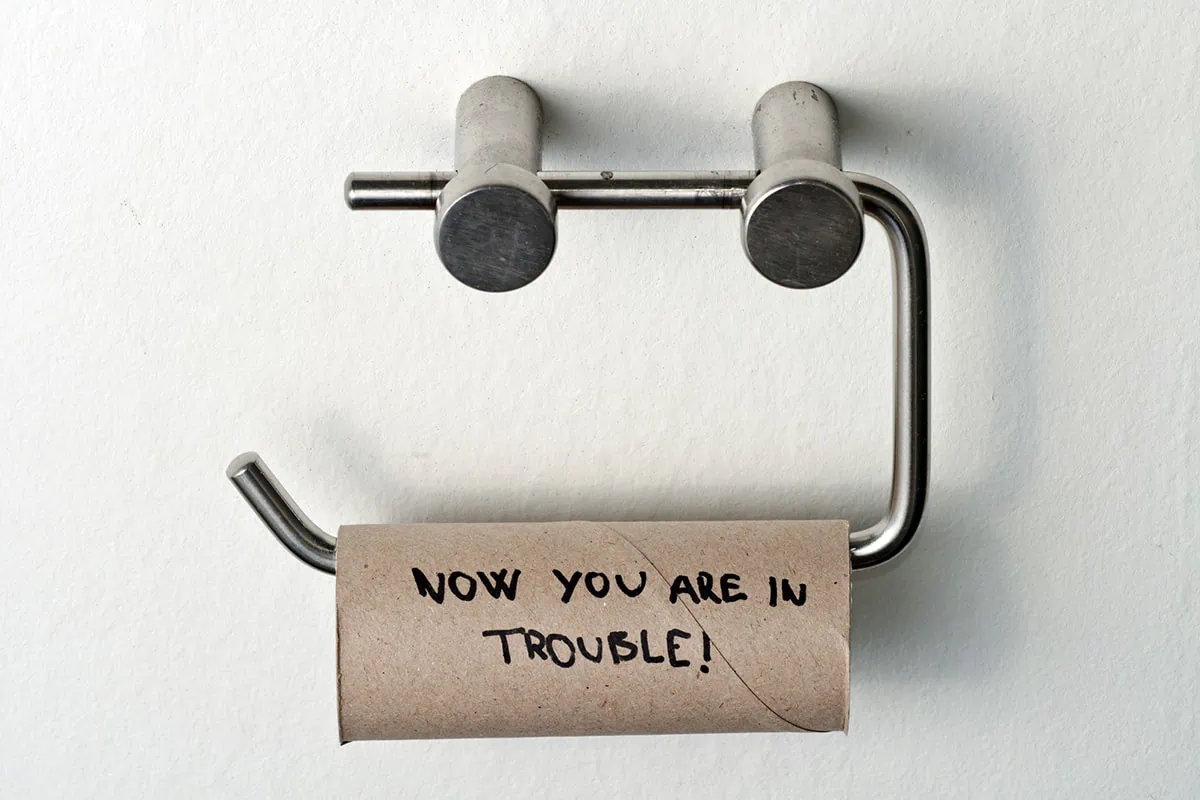
Shrinkflation is the deceptive practice of making products smaller instead of raising costs to cover any rise in the cost of producing that product. We cover several examples of shrinkflation and tips to save money.
Related: 9 Best Monthly Dividend Stocks for Frequent, Regular Income

The vast majority of American dividend stocks pay regular, reliable payouts—and they do so at a more frequent clip (quarterly) than dividend stocks in most other countries (typically every six months or year).
Still, if you’ve ever thought to yourself, “it’d sure be nice to collect these dividends more often,” you don’t have to look far. While they’re not terribly common, American exchanges boast dozens of monthly dividend stocks.
Related: The Best Fidelity ETFs for 2024 [Invest Tactically]

If you’re looking to build a diversified, low-cost portfolio of funds, Fidelity’s got a great lineup of ETFs that you need to see.
In addition to the greatest hits offered by most fund providers (e.g., S&P 500 index fund, total market index funds, and the like), they also offer specific funds that cover very niche investment ideas you might want to explore.
Please Don’t Forget to Like, Follow and Comment

Did you find this article helpful? We’d love to hear your thoughts! Leave a comment with the box on the left-hand side of the screen and share your thoughts.
Also, do you want to stay up-to-date on our latest content?
1. Follow us by clicking the [+ Follow] button above,
2. Subscribe to The Weekend Tea, our weekly newsletter to read more about investing, spending, taxes, and more, and
3. Give the article a Thumbs Up on the top-left side of the screen.
4. And lastly, if you think this information would benefit your friends and family, don’t hesitate to share it with them!





